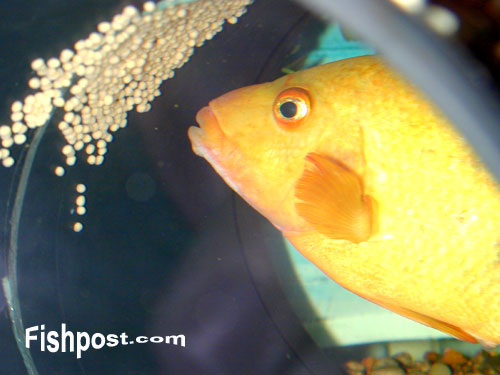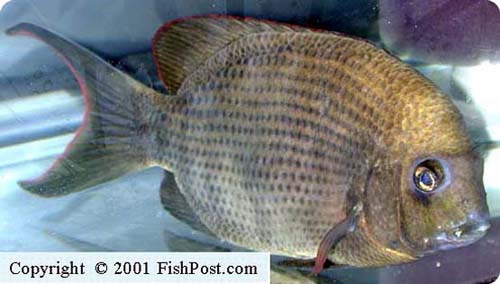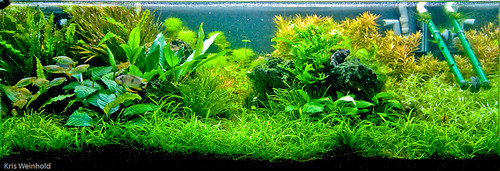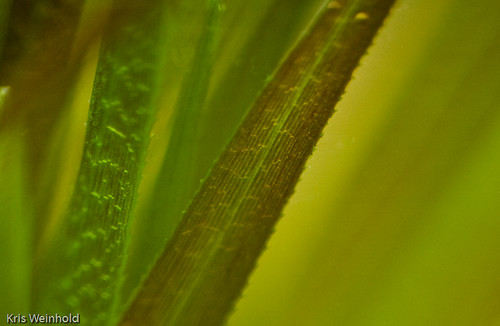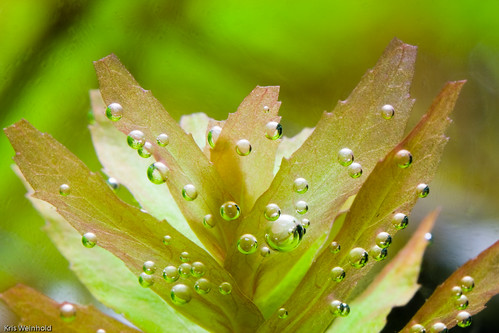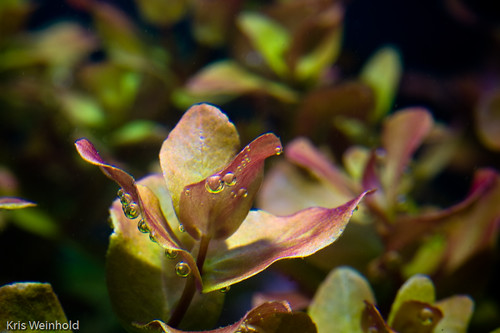Pitbull Pleco – Parotocinclus jumbo
March 11th, 2008A few weeks ago, I stopped by my local fish store on the way home from work, looking for some regular Otocinclus to help eat some algae in my 40G tank. Unfortunately, the store was out of Otos, but the owner recommended a curious little fish called the Pitbull Pleco, or Parotocinclus jumbo.
Of course, with the reputation that pitbulls have, I wanted to be sure that this little fish would not be a mean killing machine if let loose in my aquarium. So, the owner kindly helped me lookup more information on the fish, and as it turns out, the name is a bit of a misnomer. The fish was originally named after a pitbull due to the fact that its eyes are more on the top of it’s head, rather than on the sides, similar to the canine.
Satisfied, I promptly bought a half dozen of them, and brought them home. Once accustomed to my heavily planted 40G aquarium, these plecos are really quite attractive fish. They’re roughly the same size as an Otocinclus, and according to many sites only, they will not grow too much larger. In fact, they really look like a different colored Otocinclus, especially when hoisted on the glass, as seen below.
So, the next important question was whether they would actually eat any algae. Fortunately, it didn’t take me long to find the answer to this question, as they went straight to work, clearing the glass, rocks, and leaves of any of the spot, dust, diatom, or similar algae. They seem to leave alone the hair and fuzz algae, but that’s what I have Amano and cherry red shrimp for.
All in all, I would recommend the Pitbull Pleco to anyone looking for a similarly sized, but different algae eater, than the Otocinclus. They’re attractive, peaceful fish, that seem to group together, and do a fine job keeping the glass and hardscape clear. They seem to tolerate similar water parameters as most corydoras, making them ideal for 90% of the aquariums out there. Highly recommended!





